Complete spend visibility for better sourcing decisions

Complete spend visibility for better sourcing decisions

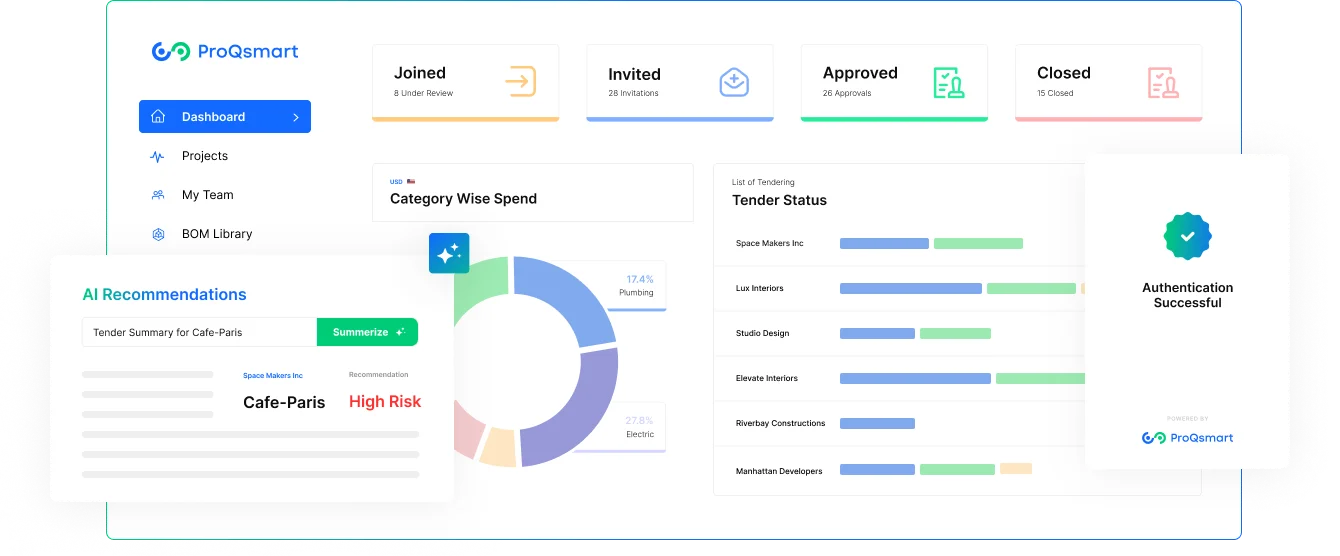













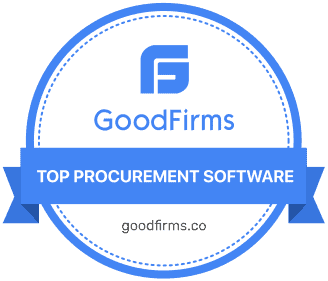

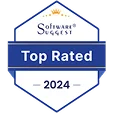



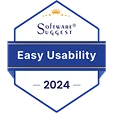


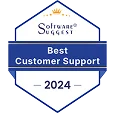

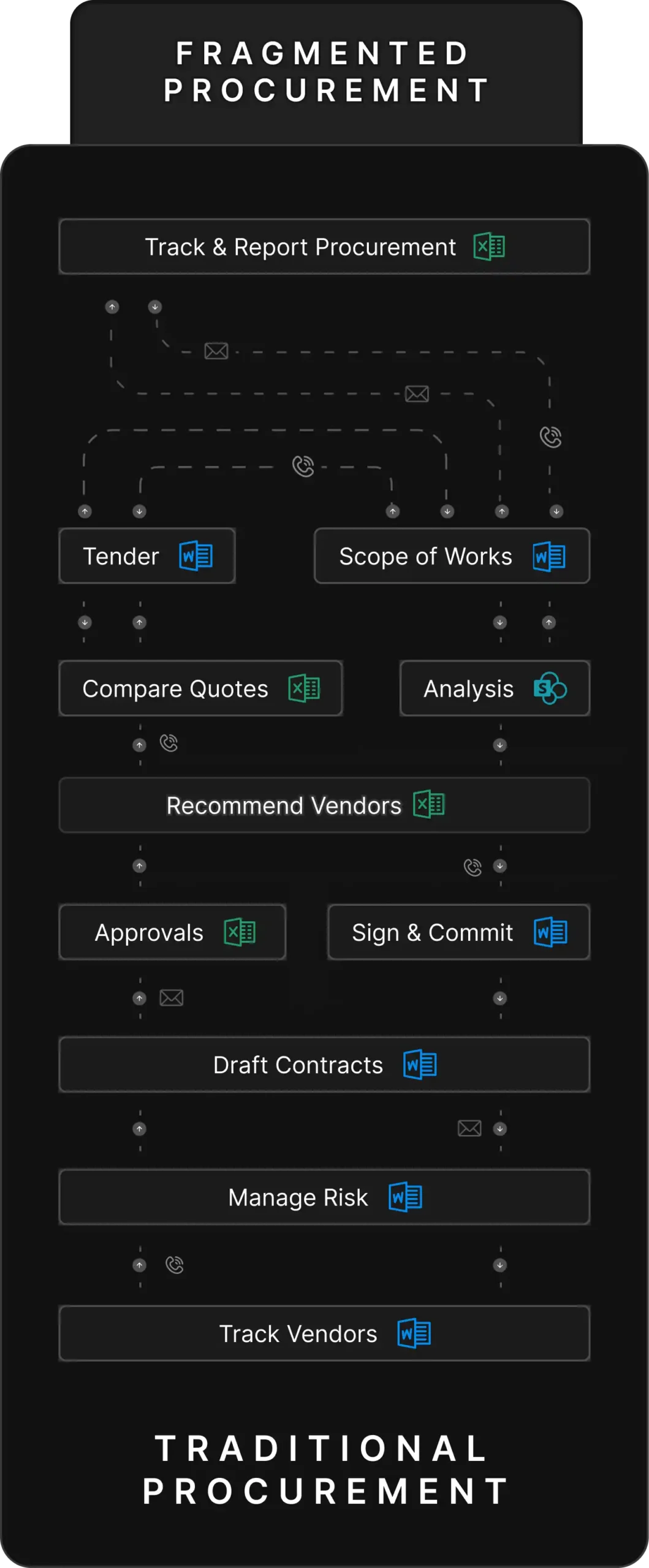
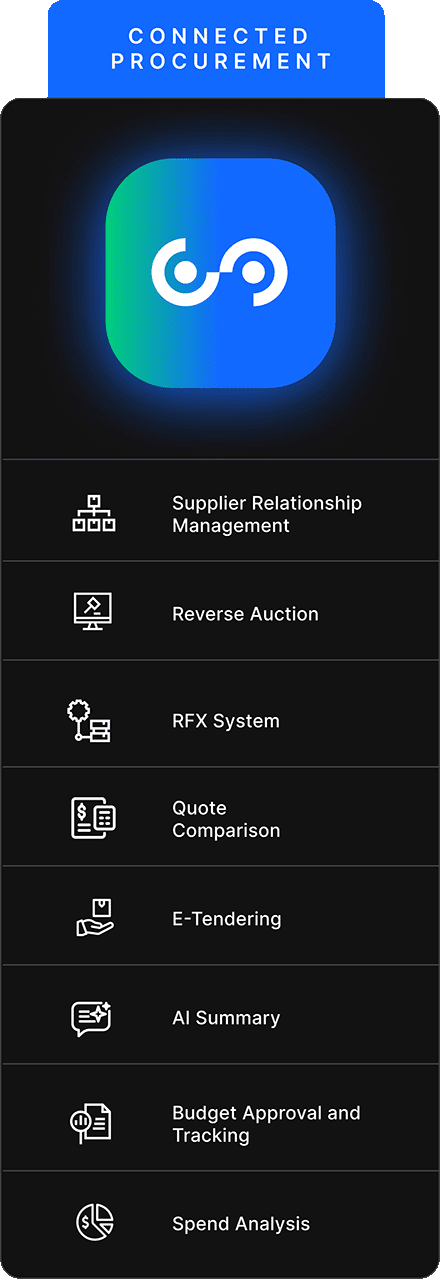
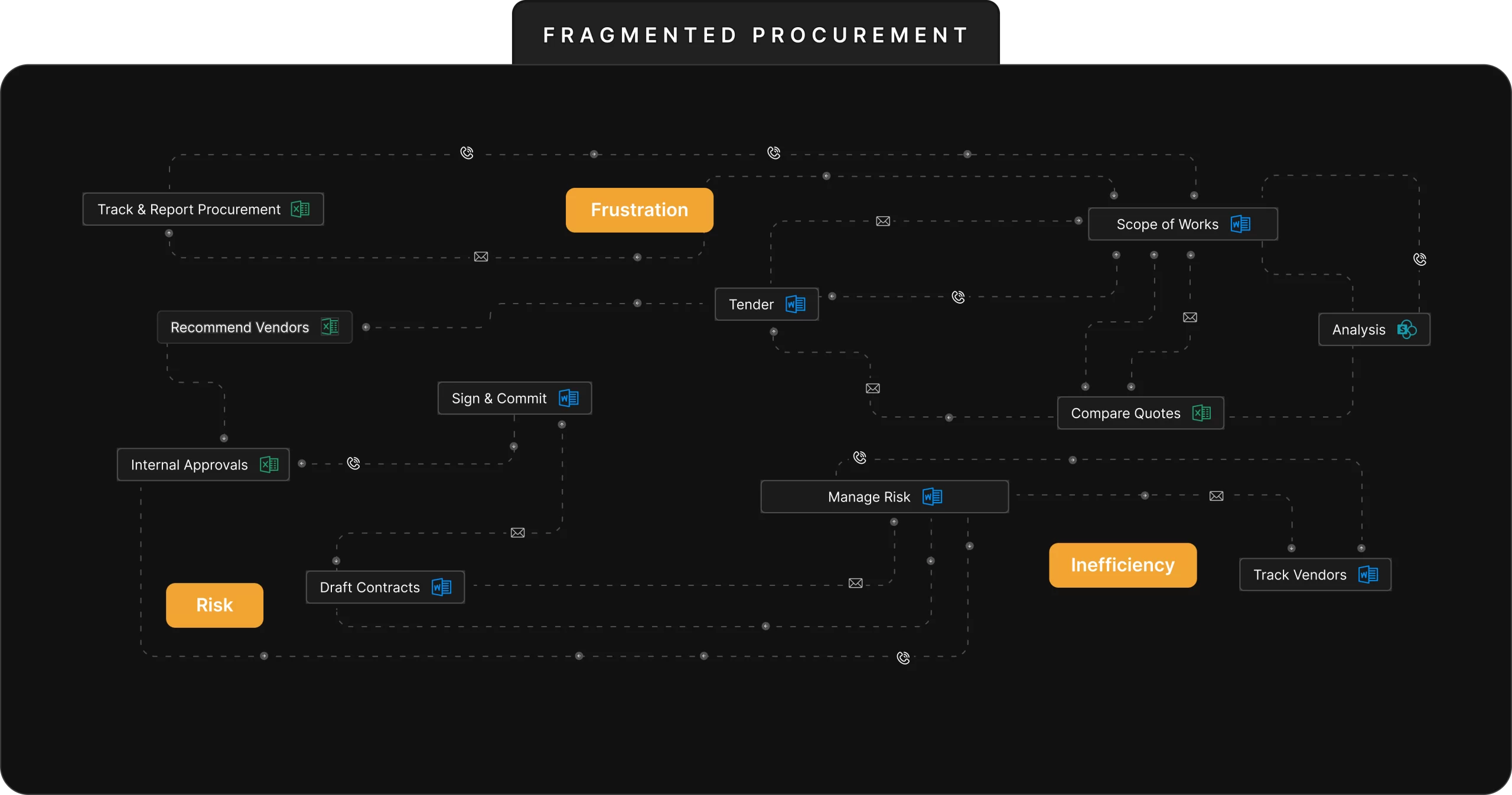
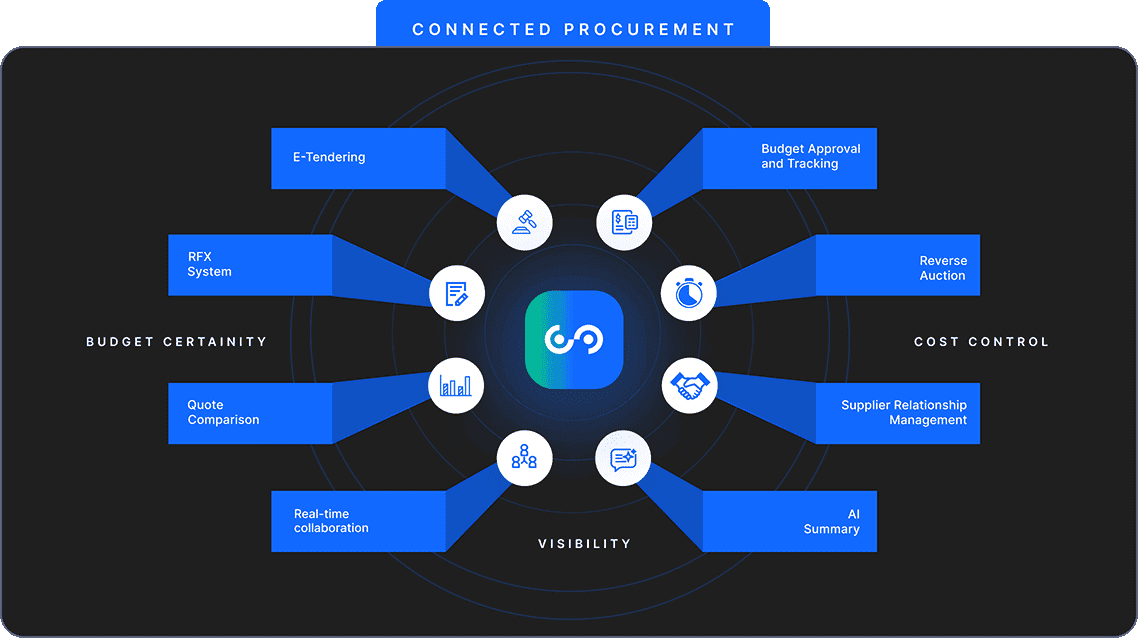
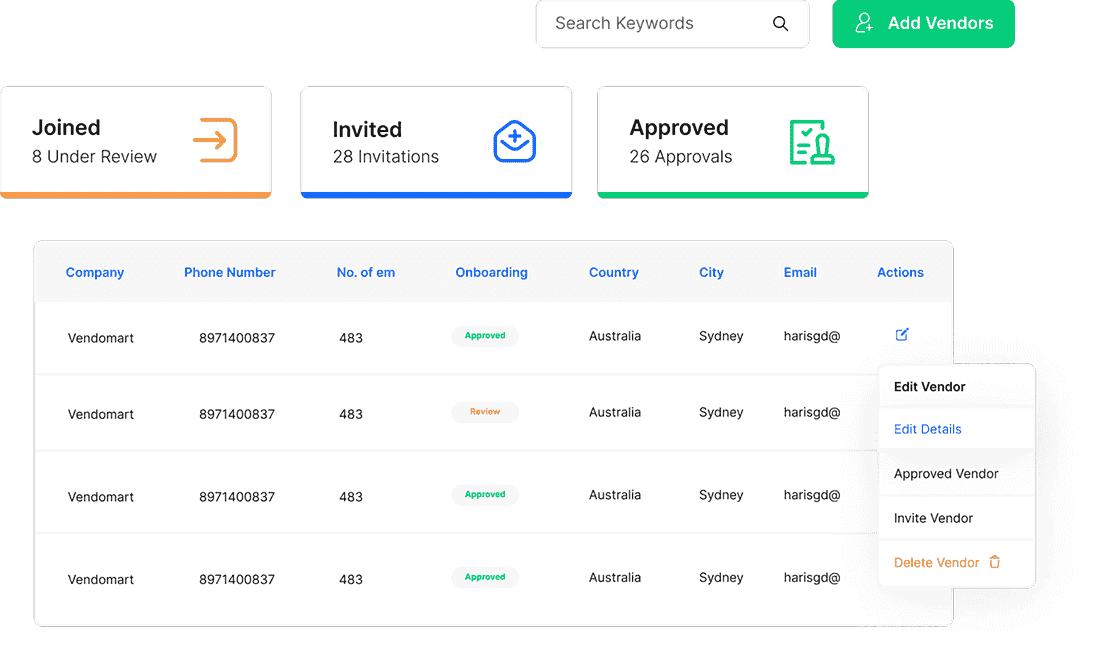
Transform Spend Analytics: Unlock Visibility, Compliance, and Strategic Cost Savings
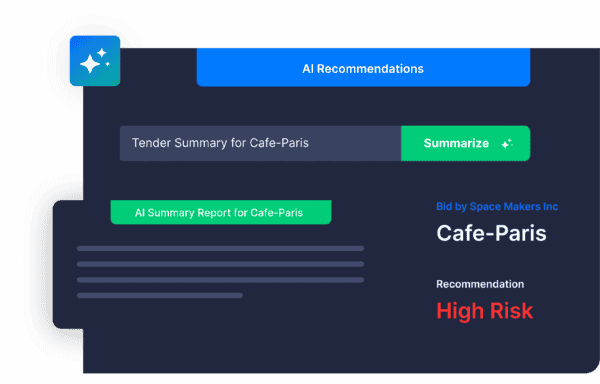
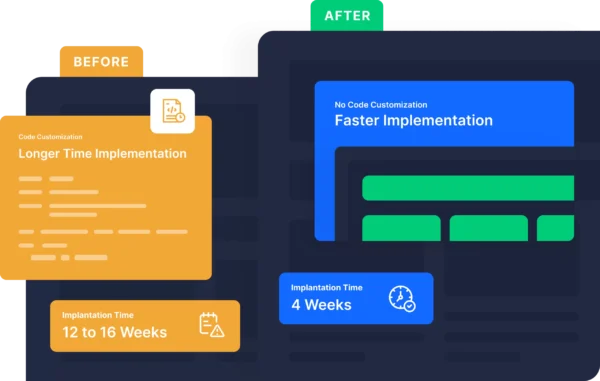
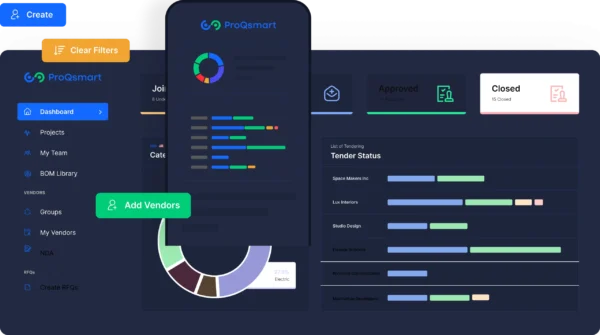
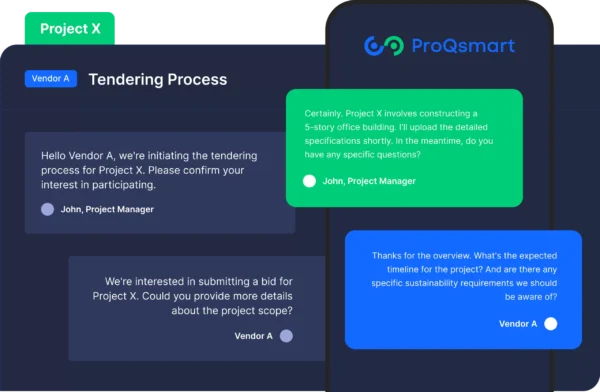
Transform Spend Analytics: Unlock Visibility, Compliance, and Strategic Cost Savings





Efficient Sourcing for New Constructions, Refurbishments, and Equipment
Efficient Sourcing for New Constructions, Refurbishments, and Equipment

Optimize Procurement for Operational Efficiency
Optimize Procurement for Operational Efficiency

Streamline Sourcing for Property Upgrades and Chain-Wide Assets
Streamline Sourcing for Property Upgrades and Chain-Wide Assets


ProQsmart has significantly improved our procurement efficiency. We’ve experienced reduced lead times, better cost control, and increased transparency. If you’re looking for a customizable platform that empowers your team and simplifies CAPEX procurement, look no further than ProQsmart.
We’ve experienced reduced lead times, better cost control, and increased transparency.

Megha Vijay
Head of Projects & Cost Management
Procurement intake management is the structured process of collecting, reviewing, and approving procurement requests. ProQsmart streamlines this process with smart form technology, automated approvals, and real-time tracking, ensuring efficiency and compliance.
Procurement teams today face persistent challenges that hinder efficiency and reliability in sourcing processes. Manual workflows—such as repetitive data entry,
Unifying procurement data for enhanced sourcing analytics empowers teams to overcome fragmented systems and make smarter decisions. Centralized e-sourcing data
In the hospitality industry, supplier contract misalignments pose significant barriers to procurement efficiency, project timelines, and profitability. For instance, ambiguous
In procurement across industries such as construction, manufacturing, hospitality, and interior fit-out, supplier overload in Request for Information (RFI), Request
Hospitality procurement teams aim to deliver seamless hotel renovations, restaurant expansions, and multi-property projects on time and within budget. However,
Specification misalignment in manufacturing RFPs subtly disrupts procurement, triggering widespread inefficiencies across production ecosystems. When RFP requirements lack clarity—such as
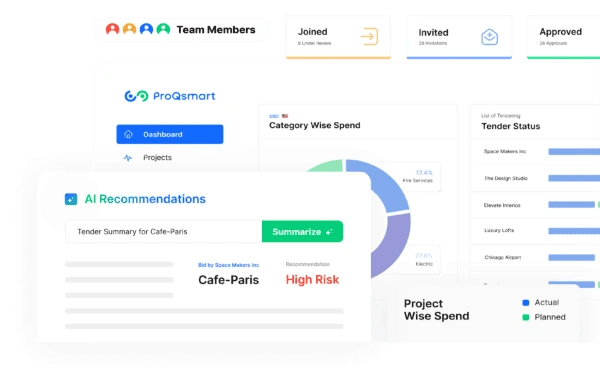

Procurement spend analytics is a powerful tool that enables businesses to gain insights into their purchasing activities, helping them make informed decisions, save costs, and strategically align their procurement processes. In today’s competitive business environment, understanding and managing procurement spend is not just about cutting costs but about adding strategic value to the organization. This blog explores the significance of procurement spend analytics and how it can transform business operations.
Procurement spend analytics involves the process of collecting, processing, and analyzing procurement data to understand spending patterns, supplier performance, and purchasing efficiency. It provides a comprehensive view of an organization’s spend, highlighting opportunities for cost reduction, process improvement, and strategic supplier management.
Informed Decision-Making: Spend analytics provides detailed insights into where and how money is being spent, which empowers management to make data-driven decisions.
Cost Reduction and Efficiency: By identifying spending trends and anomalies, businesses can pinpoint areas where costs can be reduced without compromising quality or service.
Supplier Performance and Risk Management: Analytics help assess supplier performance and identify risks in the supply chain, facilitating proactive management and mitigation strategies.
Budgeting and Financial Planning: Understanding procurement spend supports more accurate budgeting and financial planning, aligning procurement strategies with overall business goals.
Compliance and Policy Enforcement: Spend analytics aids in monitoring compliance with policies and contracts, ensuring that purchasing activities adhere to established guidelines.
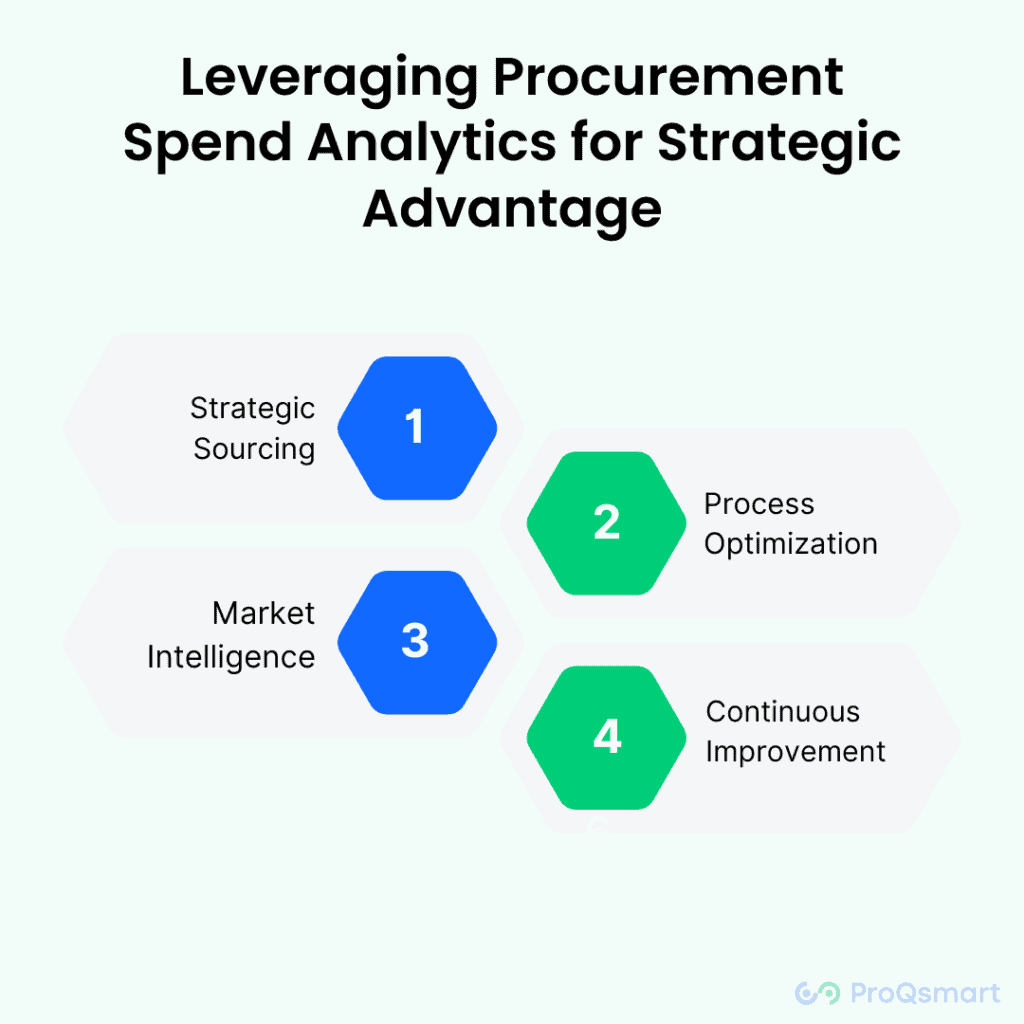
Use spend data to identify key suppliers and negotiate better terms, leveraging volume and long-term relationships for cost savings and added value.
Analyze procurement processes to identify inefficiencies and bottlenecks, and implement improvements to streamline operations and reduce lead times.
Utilize spend analytics to gain insights into market trends and supplier dynamics, enabling strategic market positioning and supplier diversification.
Regular analysis of procurement spend supports continuous improvement initiatives, helping businesses adapt to changing market conditions and optimize procurement practices.
Implementing effective spend analytics can face challenges such as data quality issues, lack of integration across systems, and the need for skilled personnel to interpret and act on data insights. Overcoming these challenges requires a commitment to data management best practices, investment in integrated procurement technology, and fostering a culture of data-driven decision-making.
Procurement spend analytics is a crucial component of modern business strategy, providing the insights needed to optimize spending, enhance supplier relationships, and drive organizational efficiency. By effectively harnessing the power of spend analytics, businesses can achieve significant cost savings, improve operational performance, and secure a competitive edge in their respective markets. Embracing this analytical approach enables organizations to manage costs and strategically invest in their growth and success.
